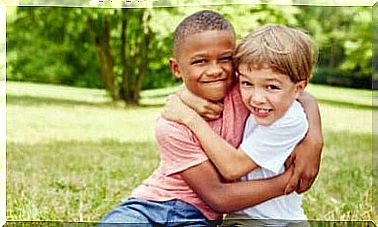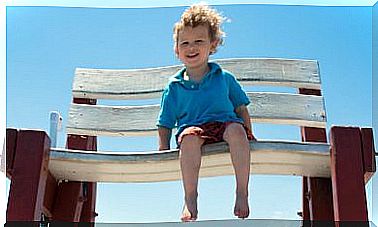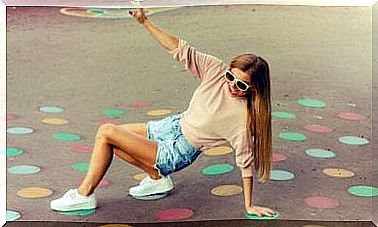7 Signs Of Sleep Disorders In Children

The signs of sleep disturbances in children begin to appear in the first months of life and can manifest in different levels of severity. Approximately 30% of children may experience sleep problems throughout their lives.
The good news is that the vast majority of these disorders are treatable. What is important is that parents identify the presence of the disorder in time.
For starters: how long should a child sleep?
in the first month of life
Children must sleep between 14 and 17 hours a day. They usually stay one to three hours awake between each nap. At this stage, they have not yet developed the habit of sleeping at night. Thus, sleep periods are variable.
in the first four months of life
They also sleep between 14 and 17 hours a day, but their sleep cycles start to get properly regulated. They already have an established routine, but usually wake up to be fed or when they feel some other need.
In the first year
The duration of sleep cycles starts to reduce and fluctuates between 14 and 15 hours, divided between day and night. It is the ideal stage to help children develop healthy sleep habits, especially at night.

in the first three years
Children this age need 12 to 14 hours of sleep a day. Ideally, they sleep through the night and take a small nap in the morning and another in the afternoon.
Between 3 and 6 years old
School routines bring about changes in the rest routine. In addition to nighttime sleep, many children take a nap a day, sleeping a total of 11 or 12 hours.
Between 7 and 12 years old
9 or 10 hours of sleep are usually sufficient for children of this age. Generally, school life no longer allows children to take naps during the day.
After age 13 and during adolescence, in theory, it takes 8 to 10 hours of sleep to maintain good health. But, at this stage, children often only have 6 to 8 hours of sleep.
Signs of Sleep Disorders in Children
1. Excessive sleepiness during the day. It is a recurrent condition among children and adults. It is noticeable due to constant fatigue and lack of energy to carry out normal daily activities. Drowsiness can be a symptom of sleep apnea, narcolepsy, and restless leg syndrome.
2. Trouble falling asleep. If your child frequently complains that he can’t sleep or takes a long time to fall asleep, it could be a manifestation of insomnia. The causes of this condition are stress, pain in some part of the body or situations that generate anxiety.
3. Snoring. In many cases, in addition to being a product of the vibration of the nasal passages, it is a sign that deserves attention because it may reflect a blockage in the respiratory system. Snoring is the first warning sign when it comes to preventing a sleep disorder.
4. Nightmares. These are images and dreams that terrify children and make the little ones no longer able to sleep easily. Nightmares start appearing at approximately three years of age and can lead to sleep disturbance.

5. Night fears. Unlike nightmares, during night fears children do not fully wake up. They’re not as terrifying as in nightmares. But they cause physical symptoms such as sweating, change in breathing rate and even screaming. This is often a symptom of sleep disturbance in children.
6. Sleepwalking. It mostly appears between 3 and 7 years of age. The children who suffer from this problem go, get your eyes open and talk gibberish. Sleepwalking spells last between 5 and 15 minutes. If the child has such an episode, parents should check that the environment the child is in is safe to avoid injury.
6. Enuresis. This is the technical name for the act of wetting the bed. It can happen due to physical causes, such as bladder problems, but it can also be the result of emotional tensions. If your child wets the bed frequently and remains drowsy during the day, it may be the beginning of sleep apnea.









